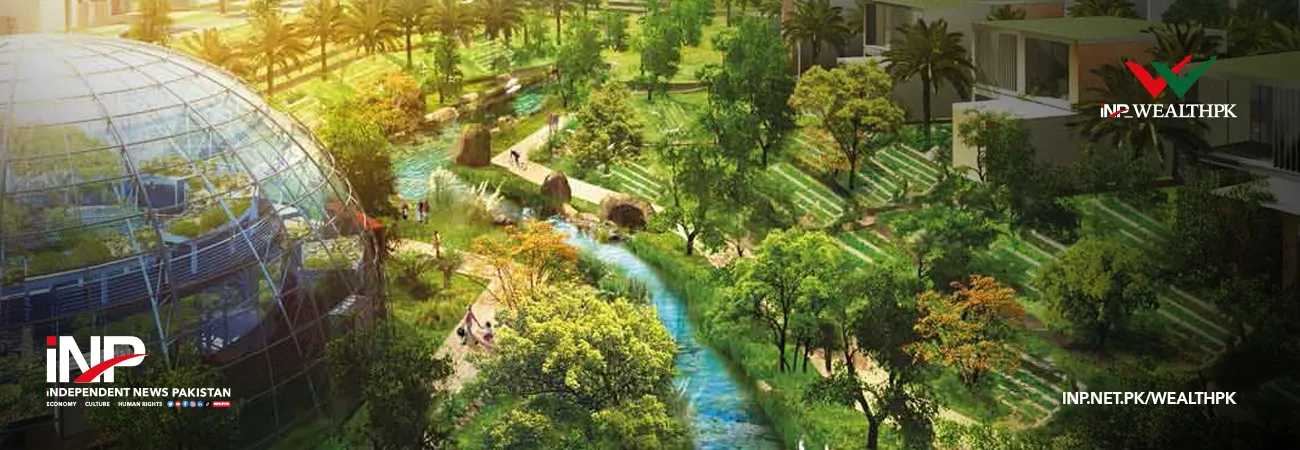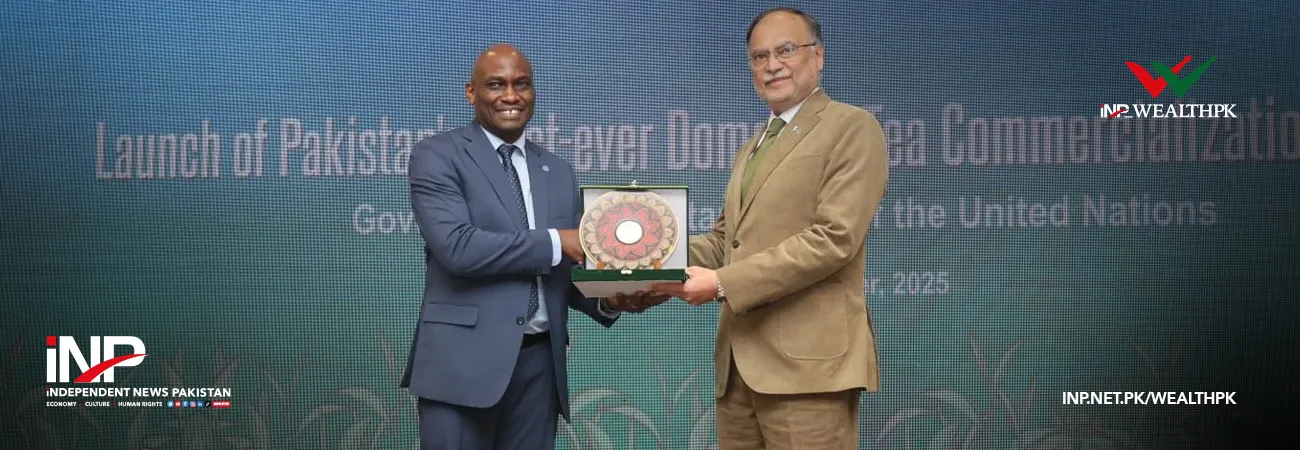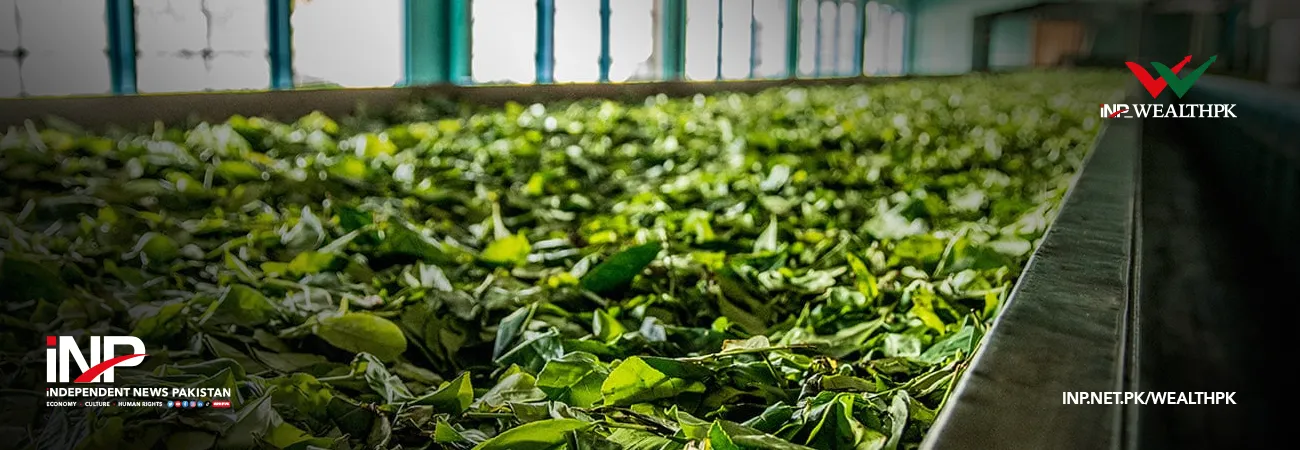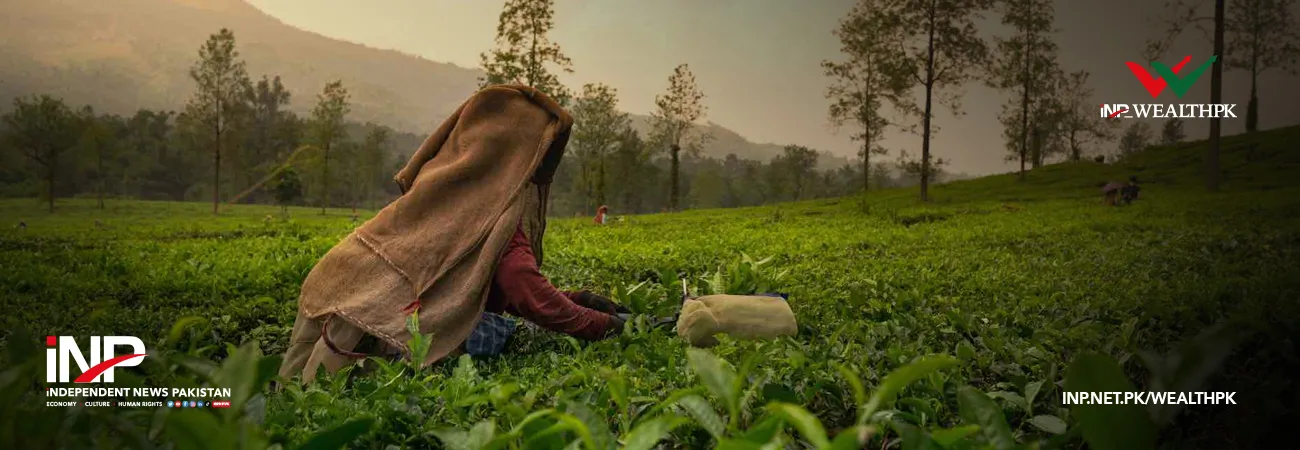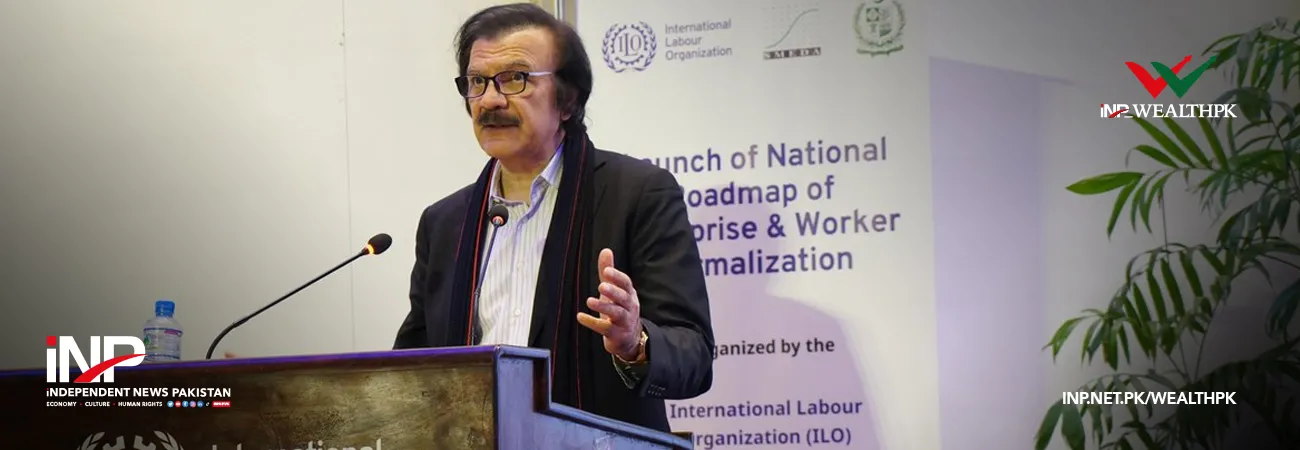INP-WealthPk
Faiza Tehseen
Pakistan needs an urgent and bold transition toward ecologically sustainable urban development, as its cities grapple with the adverse impacts of rapid urbanisation and shifting climate patterns, said Deputy Director of Communication at the Ministry of Climate Change and Environmental Coordination (MoCC&EC) Saleem Sheikh in an exclusive interview with WealthPK.
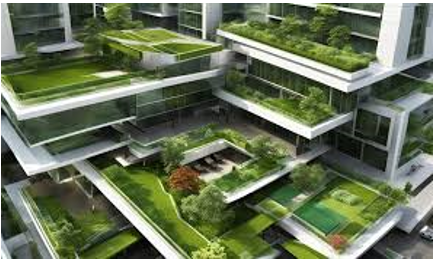
“Major urban centres, including Lahore, Karachi, Peshawar, and Islamabad, are witnessing a rapid decline in tree cover, compounded by worsening air quality, extreme heat, frequent urban flooding, and increasing population pressures. This situation is exacerbated further by an outdated infrastructure and lack of climate-resilient planning in the urban areas of the country,” he said. Greening Pakistan’s cities requires more than just incremental adjustments — it demands a systemic transformation.
The cities must be reimagined as living ecosystems through the integration of biophilic designs, nature-based solutions, and carbon sink strategies. Absence of ecosystem-based urban design has led to flood-prone, heat-vulnerable, and car-centric environments, Saleem told WealthPK. Pakistan's current urban development model lacks the necessary green development standards, particularly in housing, transportation, and commercial planning.
Experts emphasize that the reforms must align with international eco-design benchmarks to reverse environmental degradation. “One of the major roadblocks to implementation is poor interdepartmental coordination, limited law enforcement, and insufficient capacity at the local level,” he said. Embedding ecological resilience into national urban planning frameworks, coupled with robust legal mandates and climate financing, is essential to reposition urban green infrastructure as a central policy pillar.
He said a key recommendation includes the enactment of urban green infrastructure policies and laws, which would make urban forestry, parks, wetlands and sustainable drainage systems mandatory components of all city development plans. Updated building codes must also require and promote green roofs, vertical gardens, and native tree plantations in all new high-density construction projects.
To ensure enforcement and compliance, establishment of green urban development compliance authorities at the provincial level is important. Additionally, a fixed portion of all urban development budgets should be allocated toward a climate-resilient green infrastructure. He said, “A National Urban Greening Fund — financed through climate bonds, public-private partnerships, and international green finance mechanisms such as the Adaptation Fund — is seen as vital to support long-term urban ecological projects.”
Restoring urban wetlands, installing sustainable drainage systems, and including ecosystem service valuations in Environmental Impact Assessments (EIAs) for all major projects are the necessary steps to improve resilience, added Muhammad Saleem. Talking to WealthPK, environmentalist Dr. Muhammad Akbar said, “Over 38% of the population now live in urban areas, and the number is projected to exceed 50% by 2050. The environmental burden on Pakistani cities is reaching critical levels.
The urban areas are direly in need of enhanced urban climate resilience, reduced air pollution, and lower urban temperatures.” He said it is necessary to promote community-led green spaces and urban forest guardianships. Local non-governmental organizations (NGOs), schools, and resident councils can be of great help to bring awareness in this concern. It will improve public health outcomes and urban livability.
Dr. Akbar said, “The possible outcomes of community involvement will bring socio-economic benefits, including job creation in green construction, landscaping, and maintenance sectors. It will also ensure the country’s alignment with SDGs (sustainable development goals), including SDG11 (for sustainable cities), SDG 13 (for climate action), and SDG 15 (for life on land).”
He said without cetralized planning and accountability, integration of urban forests and native tree plantation in master plans can never be successful. For all new commercial and residential developments, green belts and roof top gardens must be mandatory. There is a need to empower the local governmnets with regulatory authority and resources to implement green urban policies. Greening urban centres systematically needs investment.
A bold eco-shift in this regard can only be successful with strong financing and smart research and development. By offering incentives and partnering with investors, the government can make it a profitable entity. It means investing in green infrastructure is not an afterthought but the foundation of urban resilience and quality of life, added Muhammad Akbar.
Credit: INP-WealthPk



